The Exhibition Schnittstelle/Interferență, at the Goethe-Institut in Bucharest, curated by Patricia Morosan, includes films, photos, and a publication produced by two German artists – Tina Bara and Uli M. Schueppel – who depict the city of Berlin before the fall of the Wall, and the consequences of this period, seen through the lens of ’80s and ’90s subcultures. Born in 1962, Tina Bara began her photography career in the GDR. During this time she was involved with various opposition groups, like the Women for Peace. Right after the fall of the Wall, she began studying photography with Arno Fischer at the Academy of Fine Arts in Leipzig, where she has been teaching photography since 1993. Her works were shown at numerous international museums and galleries and are a point of reference within contemporary German photography. Uli M. Schueppel, born in 1958 in West Germany, studied film directing at the Film Academy in Berlin (DFFB). He is known for his short films, music videos, animations, and predilection for documenting contemporary music and social culture. His work also includes numerous feature films, which are consistently shown at many international film festivals, but also in museums, like the Museum of Modern Art in New York, the Institute of Contemporary Arts in London, and the Haus der Kunst in Munich.
The two artists’ works complement each other within the exhibition, entering into dialogue. They also meet on a historically and emotionally synchronous axis, as each work is a kind of palimpsest of materials, moments in time, and stories within stories, as the critical, meditative distance from the events depicted assumes the role of main character.
Uli M. Schueppel’s film Elektrokohle – Off Ways is an overlap of footage taken at various points in time, as the artist constructs a meta-discourse of his own film: a road movie going from (West) Berlin to (East) Berlin, shot on VHS tape, featuring the band Einstürzende Neubauten’s journey to give a concert at the VEB Elektrokohle club in 1989, a few days after the fall of the Wall. The added comments from 20 years later, given by people who attended this legendary concert, provide the 1989 footage with a broader cultural context, but also with a gravity that remained hidden at that point in time.
Curator Patricia Morosan decided to also include one of Uli M. Schueppel’s short films (DeKonstruktion), which documents the 2016 demolition of the Palast der Republik, the former, abandoned headquarters of the East German parliament (closed immediately after the fall of the Wall and used, between 2004 and 2005, as a cultural space). The building was demolished despite vehement protests and replaced with a controversial reconstruction of the Hohenzollern palace destroyed in bombings during World War II, which was inaugurated this year. The Palast der Republik represents, literally, the collapsing new buildings (the translation of Einstürzende Neubauten), and with them collapses the whole devastating legacy of the Iron Curtain, on which settle the band’s poetics, the thoughts of the participants in the present, and a third layer of interpretation (the film itself). We may also think of Slavoj Žižek,[1] who writes that the experience of reality is a “waking up” to unreality, in relation to a traumatic reality experienced in the past and stored in the unconscious.
The second film included in the exhibition is Lange Weile (Boredom / Long Time) by Tina Bara, made up of a collection of photographs taken by the artist between 1983 and 1989 in Prenzlauer Berg, the East Berlin neighborhood she lived in, before the fall of the Wall. In a period that seems endless, as the historical time before the fall of the Wall was perceived, the body experiences this suspended time, anticipating change. In fact, the naked body seems to be an interface – the only one – through which the totalitarian system and its repressions can be faced. The decaying, amnesiac urban landscapes (buildings, neighborhoods, courtyards, passageways) from East Berlin are themselves archives that have lost touch with historical memory, with what they were before. Urban ruins archive consumed resources and matter, which in turn consume the individual and are encountered in a fragmented experience of the everyday.
The archive material on which the two films are built and its insertion into a present temporality lead to a hybridization of formats and techniques: photography becomes film (in Tina Bara’s work) and VHS film is combined with digital video. To reiterate the fact that each medium distils the meaning of the image, the curator also included stills from Schueppel’s work on Super 8.
Like Uli M. Schueppel’s film, that of Tina Bara preserves the daily life of dissident subcultures and their means of resisting a repressive social environment. Like in Uli M. Schueppel’s film, the narrative and political discourse is constructed in the present from uninhibited and spontaneous moments, which contributed to major cultural and political shifts. In the two films, art becomes the cathartic energy which triggers a much-expected change, and the time of narration is an interior one.
The memory of places is a constituent part in the formation of the self. The more stratified and dense personal memory is, the broader one’s interior landscapes are and the more they reveal about the thought and existence of entire ages, which surpass the individual. Photography and film are the quintessential media that carry over not as much places and facts themselves, as the mental representations of them. Inherent to these media is therefore an implicit superannuation of that which is represented, as dissolving memory also bears its own interpretation through the lens of the present.
The search for an existential meaning in memory fragments and the awareness of the impossibility of recovering certain past events infuse the cinematic images in the exhibition with a weight and languor that the characters in both films seem to be feeling. This is the weight of history – of the same moment captured by the two films: the fall of the Eastern Bloc and, at the same time, the awareness of a political situation that became intolerable on a personal and social level.
SCHNITTSTELLE/INTERFERENȚĂ took place at Goethe-Institut in Bucharest during 14.09. – 19.09.2020.
Artists: Uli M. Schueppel & Tina Bara
Curator: Patricia Morosan
[1] Žižek, S. (1996), ‘From virtual reality to the virtualization of reality’, in T. Druckrey (ed.), Electronic
Culture: Technology and Visual Representation, New York: Aperture, pp. 290–295.
Translated by Rareș Grozea
POSTED BY
Marta Jecu
Marta Jecu is researcher at the CICANT, Universidade Lusofona, Lisbon and freelance curator. She has published in magazines like: E-Flux, Kaleidoscope, Berlin Art Link, Idea Art+Society, Journal of Cu...
www.martajecu.com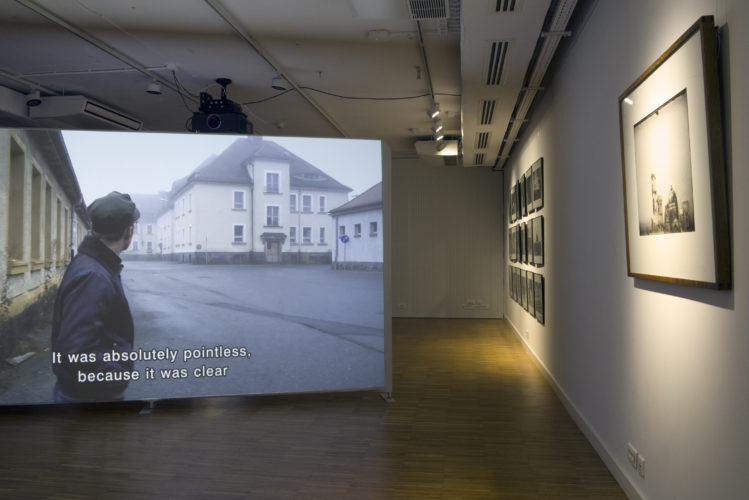
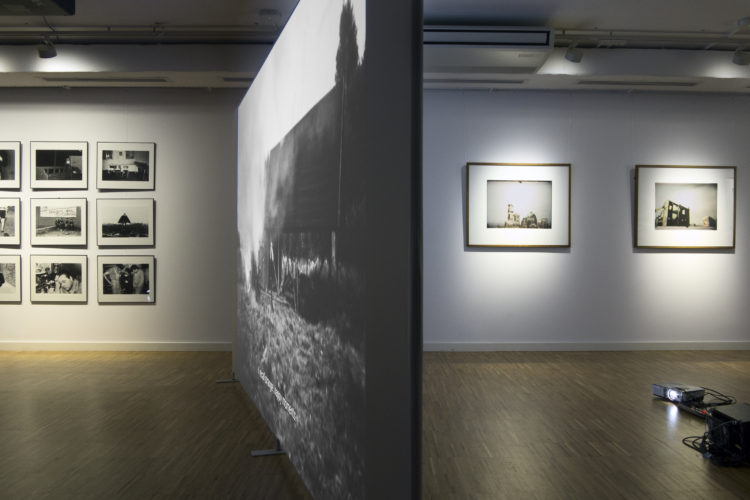
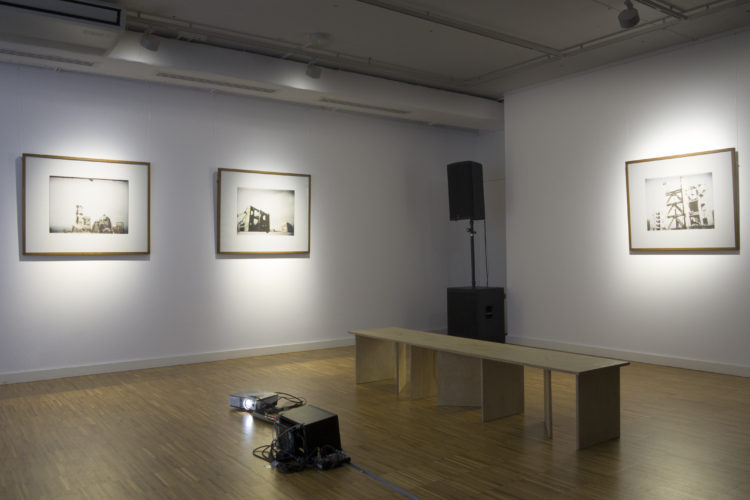

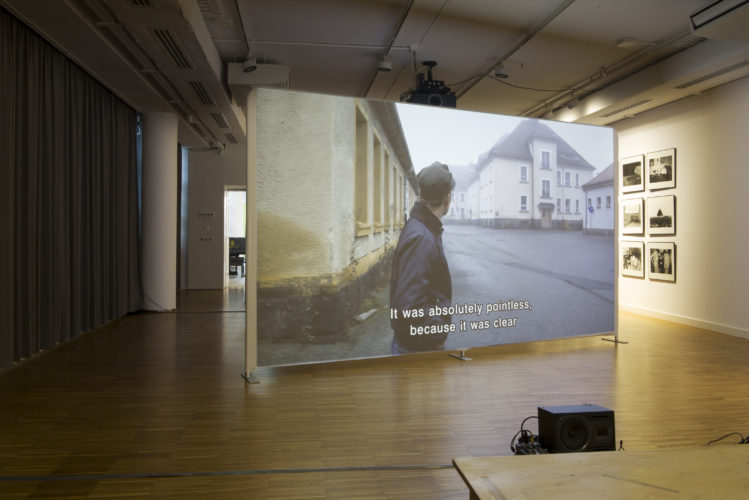
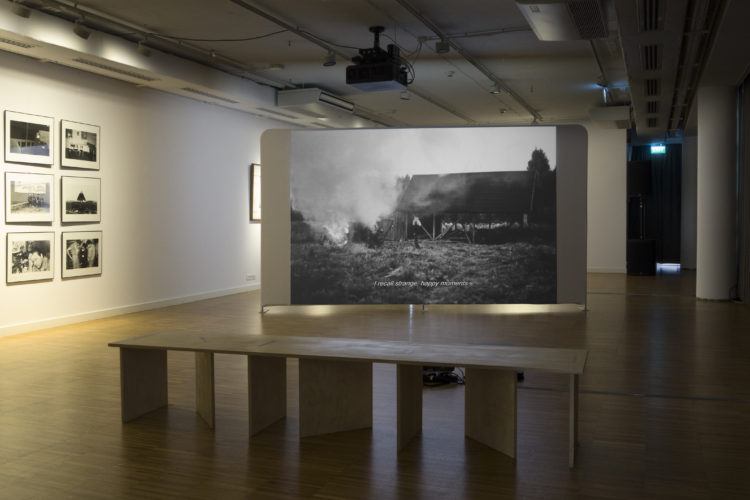
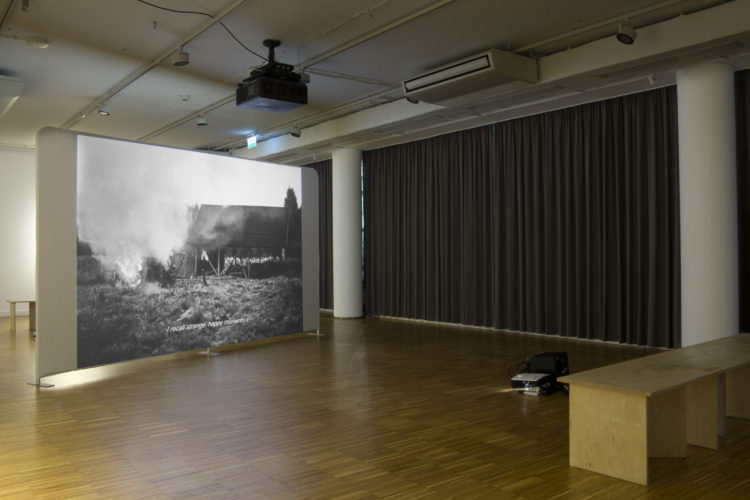
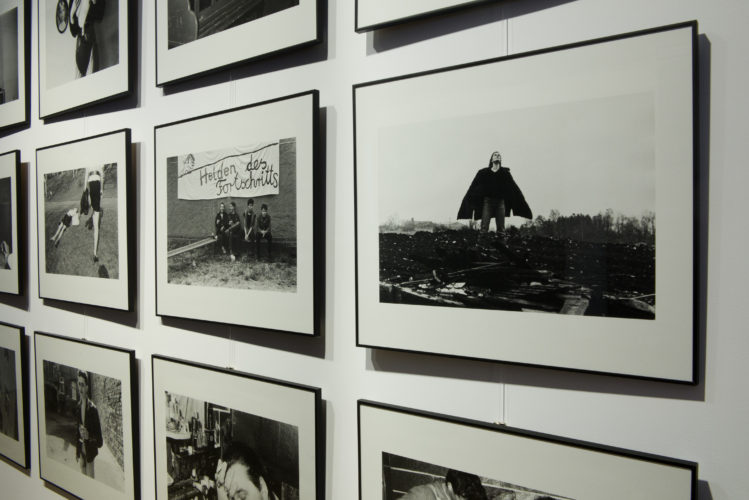
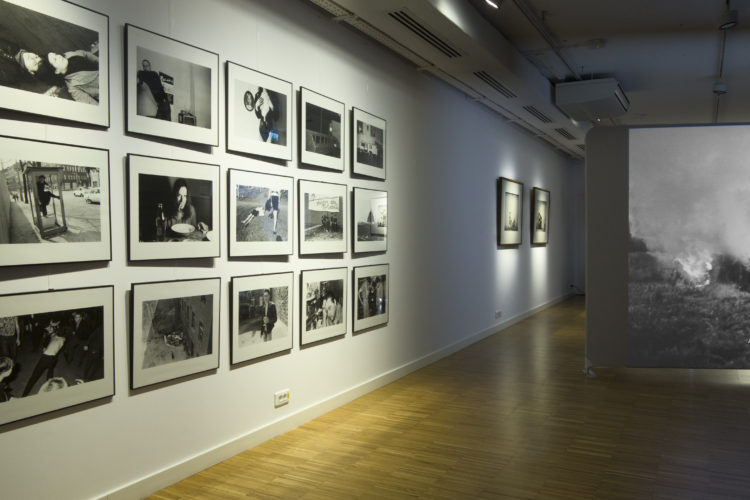
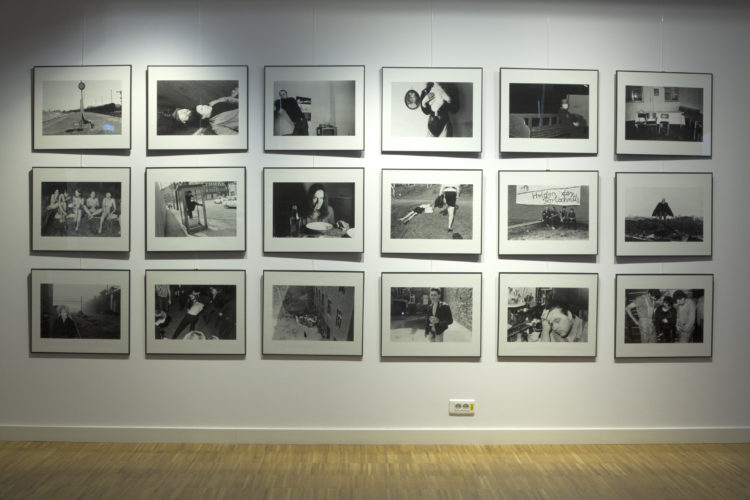

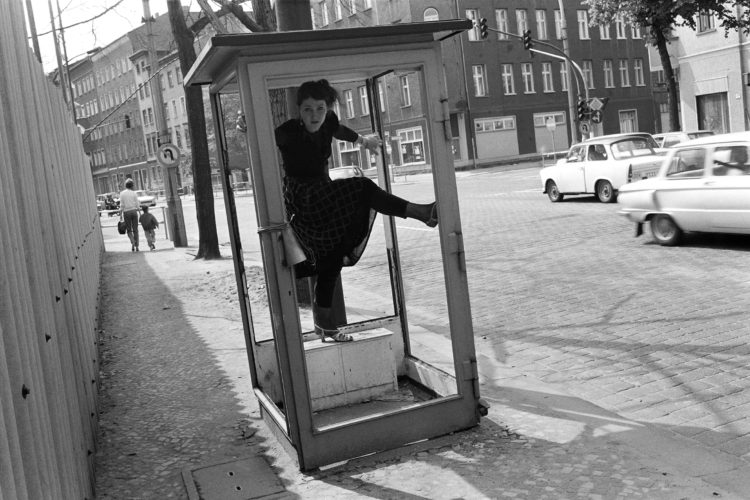
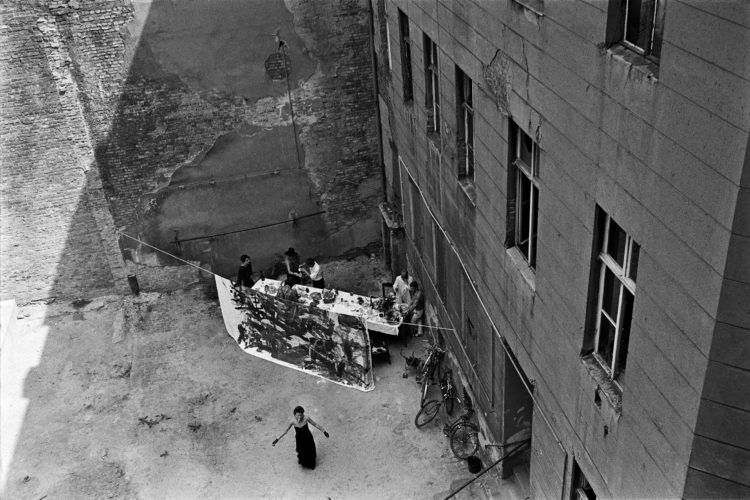
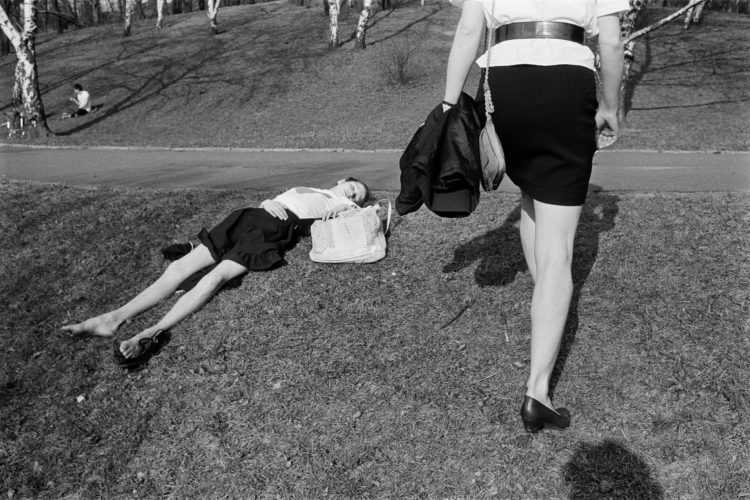
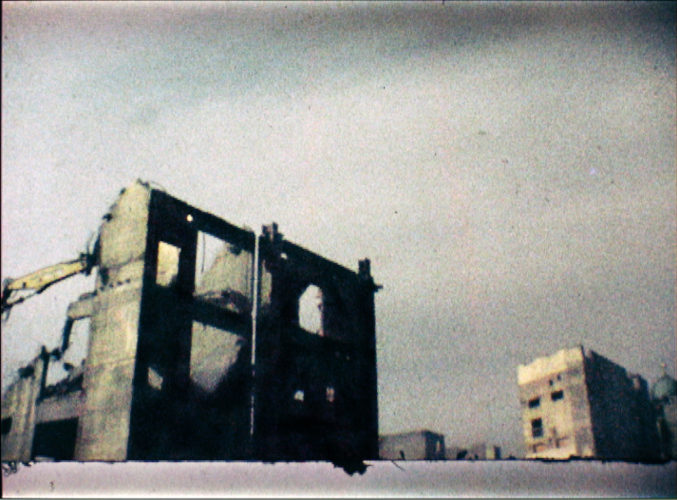
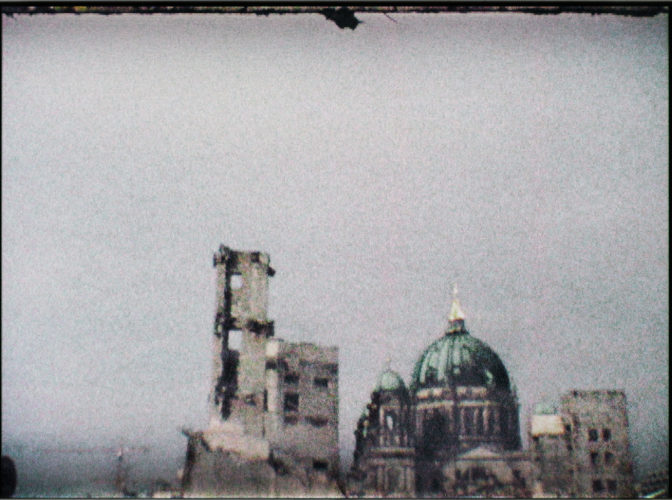
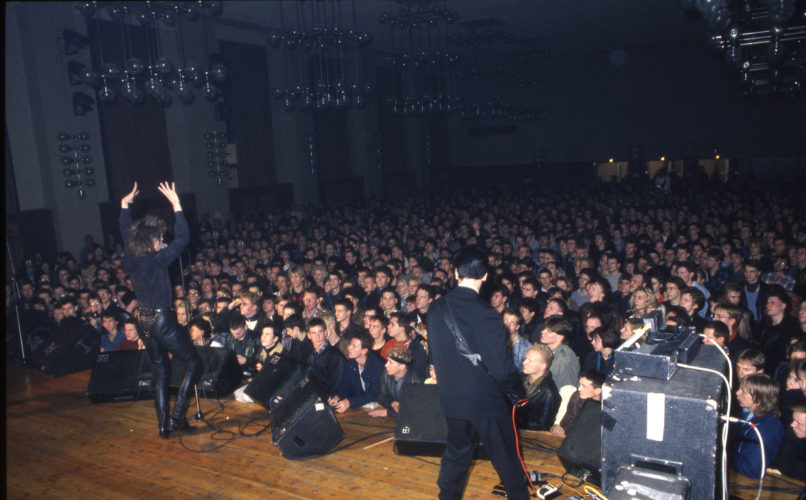
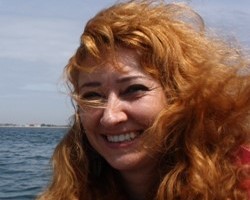
Comments are closed here.